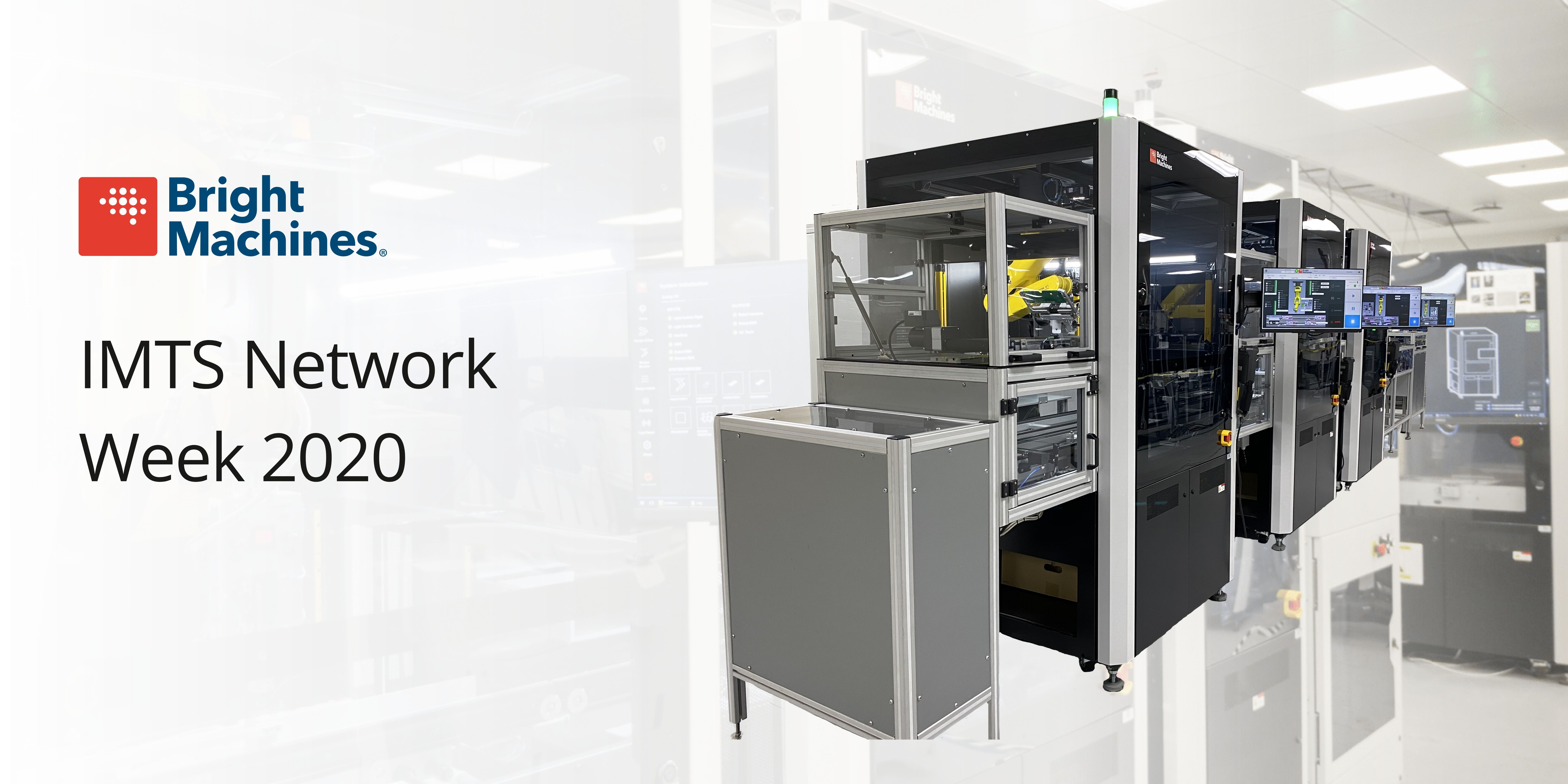Competitive advantage seems like a simple idea – it’s the quality that allows you to outperform your rivals. But sometimes the nature of competitive advantage surprises us. In e-commerce, logistics might not initially have seemed like fertile ground on which to stake a business. Then Amazon invested hugely in in-house logistics, from warehouses to delivery. Suddenly, Amazon owned the entire customer experience, and completely reset expectations of how quickly a product could go from a shopping cart to your front door. This continues to give Amazon a substantial competitive advantage and has changed the way merchants and retailers approach delivery and returns.
A similar shift is underway in manufacturing. Organizations have not recently seen manufacturing as a source of competitive advantage, instead choosing to outsource it and obsess over costs. Now, with better data, digitized operations, and automation, organizations have the ability to take over their entire supply chains and manufacturing processes. They can take advantage of more dynamic, responsive and localized production, creating a streamlined ecosystem that generates competitive advantage by doing two things: As Oxford Economics has said, "making better things,” and "making things better.”
Making better things
Localized, automated manufacturing makes it easier for companies to produce things that customers actually want. If your demand forecast is off, localized manufacturing enables you to more easily change gears and make products that are selling quickly, rather than being stuck with inventory that gets heavily discounted because customers don’t want it.
Second, customization and personalization are much easier, and faster, in an automated factory that is geographically close to the end customer. Smaller automated factories don’t rely on massive scale for efficiencies. Customers can get their personalized products more quickly if those products don’t have to travel across the globe.
Third, making smaller quantities in smaller factories allows a business to grow alongside demand. Less investment capital is required, so there’s less capital at risk. And companies no longer need huge warehouses to store products that might or might not sell well.
Making things better
Making things better is good for manufacturers, customers, and the environment. Producing smaller quantities, when needed, helps reduce factory waste. And the fact that products are made closer to the end customer cuts down on transportation times and the related environmental costs.
Localized production also results in shorter supply chains, which in turn are less likely to be disrupted. That’s never been clearer than in 2020, when long and complex supply chains were disrupted by trade disputes and a global pandemic, leading to shortages of personal protective equipment, nasal swabs, and even computer chips.
Localized production also shortens manufacturers’ timelines, enabling organizations to reinvest profits in their business more quickly.
Automation is the secret sauce
We can’t reap the full benefits of localized production without substantial use of automation, and specifically, software-defined manufacturing. Software-defined manufacturing makes automation more powerful, because the software layer enables machines to adapt and learn more quickly and cheaply. Add in the power of the cloud, and we get a glimpse into an entirely new paradigm in manufacturing. With cloud connectivity, once one robot has mastered a task, all the other robots in that same network instantly know how to do it, too, making it easier to train them in new functionality.
Best of all: We can see this happening now. Even with technologies far less advanced than state-of-the-art robotics, we can see how localized manufacturing, with help from automation, can be more responsive than a centralized system, while remaining cost-competitive.
Researchers in the Netherlands looked at six scenarios for the customized 3D printed guides used by surgeons. In three scenarios, the guides were made by a centralized factory and shipped to hospitals across Europe. In three other scenarios, the guides were made by a network of smaller factories in eight cities, closer to the hospitals where they’d be used. Across all six scenarios, the localized system was twice as responsive, and also cost about twice as much.
But the six scenarios were not all created equally. While it was possible to make the localized system more cost-effective, there was no way to make the centralized system more responsive. The localized systems became more cost-competitive as the manufacturing sites worked at higher capacities. They became cheaper as they used more advanced technology.
If we can see that localized production is more responsive while remaining cost-competitive in this case, just think of the impact of localized production using advanced robotics directed by a software layer and coordinated through the cloud. This unique combination of flexible hardware with intelligent software is what we call microfactories – and fortunately, they’re already helping manufacturers across the world gain a major competitive advantage.
With Bright Machines Microfactories, the investment in time and training required to bring an innovation to market decreases dramatically. They bring us a giant step closer to enabling anyone with an idea to make that idea a physical reality and to bring it to market at a reasonable price.
That person with an idea could be you. Or your competitor. Time to get moving.
.jpg)



